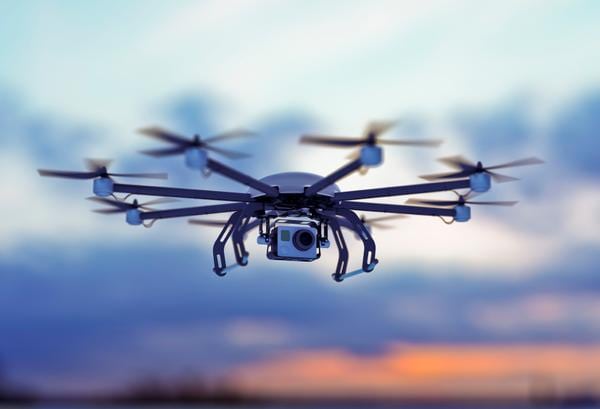 |
| UAS. Photo: FAA |
[Avionics Today 07-08-2016] Non-military Unmanned Aerial Systems (UAS) production will soar from $2.6 billion worldwide in 2016 to $10.9 billion in 2025, a 15.4 percent compound annual growth rate in constant dollars, according to a report by Teal analysts. Over the next decade, the report finds the civil UAS market will total $65 billion.
According to the report, the emergence of the commercial UAS market, growth in demand from governments around the world to better patrol borders, and continued consumer drone growth all promise to drive more than a quadrupling of the non-military market over the next decade.
“The commercial segment of the worldwide market will lead growth in civil UAS,” said Philip Finnegan, Teal Group’s director of corporate analysis and author of the study who also has advised the FAA on its forecast for civil UAS. “Eased airspace regulations, an influx of venture capital investment, the development of a service industry and involvement of major technology companies all are creating the foundations for solid growth.”
Intel Corp., Google and Facebook made acquisitions and now are developing UAS systems. Worldwide commercial is projected to grow from $387 million in 2016 to $6.5 billion in 2025, a 32.6 percent compound annual growth rate.
Construction will lead the commercial market while civil government UAS will be a much smaller segment than commercial, but the report notes that appeal is growing. The European Union’s creation of a new border and coast guard in an expansion of its existing Frontex prepares the way for the use of the unmanned systems in government. Also, the United Nations is seeking to expand the use of UAS in peacekeeping. Additionally, drones are catching on with public safety agencies worldwide, particularly in developing countries. Meanwhile, the consumer drone segment will continue to grow although the explosive increase of the recent past will slow.